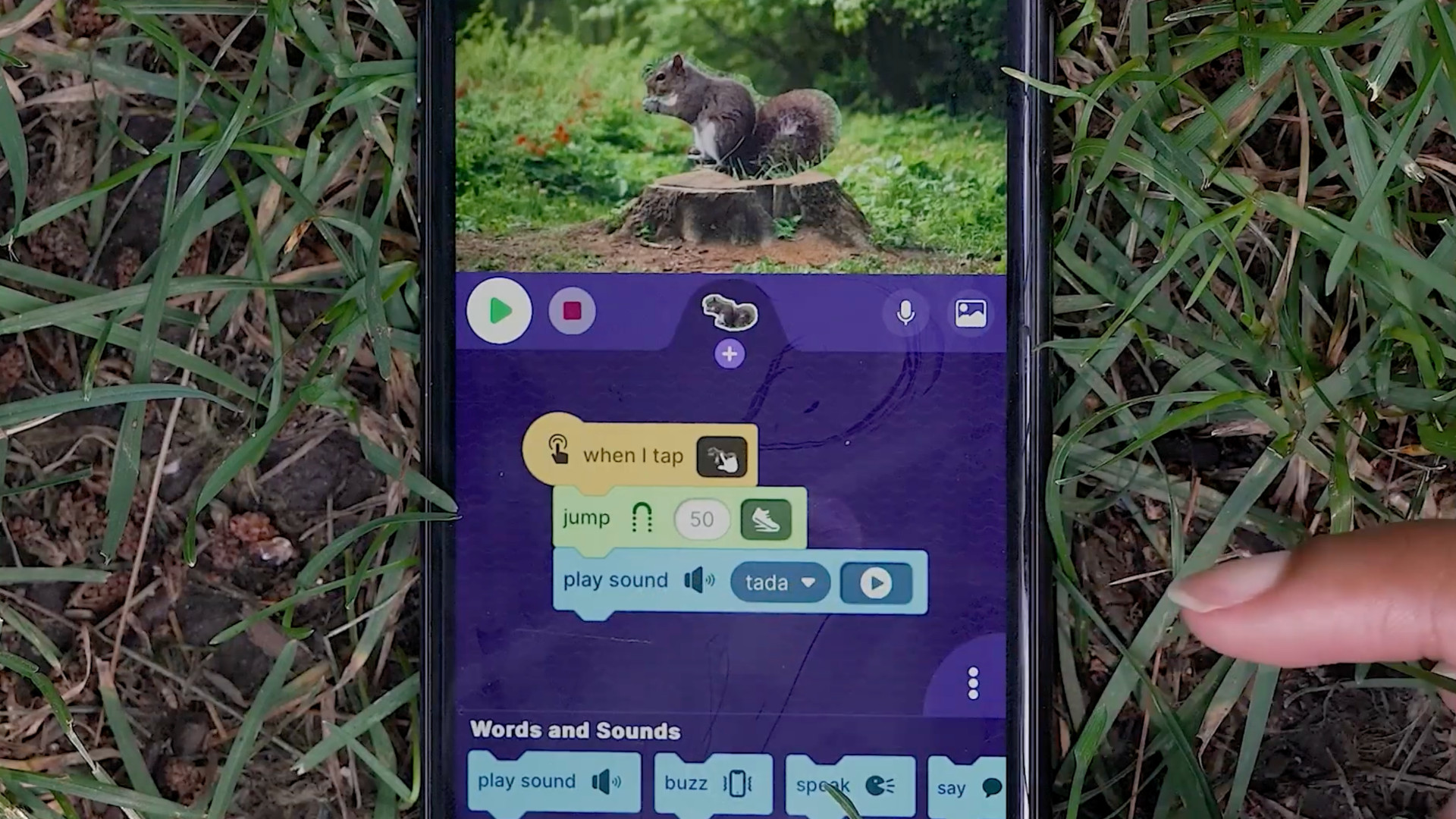Students Less Likely to Be Suspended by Teacher of Same Race
New research finds that Black, Latino, and Asian-American students in New York City were about 3 percent less likely to be suspended if their teachers shared their racial or ethnic background.

New research looking at data from New York City schools has found that Black, Latino, and Asian-American students are less likely to be suspended from school if they take classes with more teachers who share their racial or ethnic background.
The research was led by Matthew Shirrell, professor of Educational Leadership and Administration at George Washington University, and has significant implications for teacher diversity recruitment efforts as well as inclusive teaching practices for educators of any ethnic or racial background.
Key Findings
Previous research found that in North Carolina, Black students were less likely to suffer suspensions when they had Black teachers. Shirrell and his co-authors, Travis Bristol and Tolani Britton both of the University of California, Berkeley, wanted to see if similar trends held true in a large urban school district such as New York, and whether the same association could be seen with Latino and Asian-American students.
“There was really no prior work that had looked at this for Latino students or Asian students,” Shirrell says.
Shirrell and his team looked at ten years of data, from 2007 to 2017, on every student and teacher in grades 4-8 in New York City. They found that the decrease in suspension likelihood caused by having teachers of the same race or ethnicity as students was nearly the same for Asian, Black, and Latino students at about 3 percent.
The study also estimated that if New York City schools upped the proportion of Latino teachers for Latino students from 20 percent to 50 percent, this would likely result in 1,500 fewer suspensions over ten years.
While Shirrell’s study did not look at the cause of this association there are several theories. One possibility is that a teacher who looks like their students can serve as a positive role model for those students, resulting in fewer instances of students acting up in class. However, teacher bias may be more likely. The North Carolina research that Shirrell’s study built on found that Black students were more likely to get suspended for minor infractions, such as talking back in class, when they were taught by white teachers.
Tech & Learning Newsletter
Tools and ideas to transform education. Sign up below.
Key Takeaways
The study supports longstanding efforts in education to recruit more diverse teachers, Shirrell says. However, it also highlights a need to better understand how teachers, regardless of their own race, can be more supportive of students of various backgrounds and mindful of their own biases.
“We don't want to have the solution be that Black students can only be taught by Black teachers and Latino students can only be taught by Latino teachers,” he says. “We need to learn more about what are the practices, the orientations, the mechanisms within classrooms that are leading to these differences.”
A lot of discretion is available at the teacher level about which behavior is reported and which is not, Shirrell says. “I think that there is a need for us to understand more about how teachers exercise that discretion in ways that might lead to these kinds of differences,” he says. “We should really think about induction and professional learning for all teachers. Because no matter what our teacher diversity efforts are, for the foreseeable future in places like New York, we're going to have a teacher workforce that's predominantly white. And so we need to think about how we help teachers reflect and learn discipline practices that can help reduce these kinds of disparities.”
Erik Ofgang is a Tech & Learning contributor. A journalist, author and educator, his work has appeared in The New York Times, the Washington Post, the Smithsonian, The Atlantic, and Associated Press. He currently teaches at Western Connecticut State University’s MFA program. While a staff writer at Connecticut Magazine he won a Society of Professional Journalism Award for his education reporting. He is interested in how humans learn and how technology can make that more effective.

